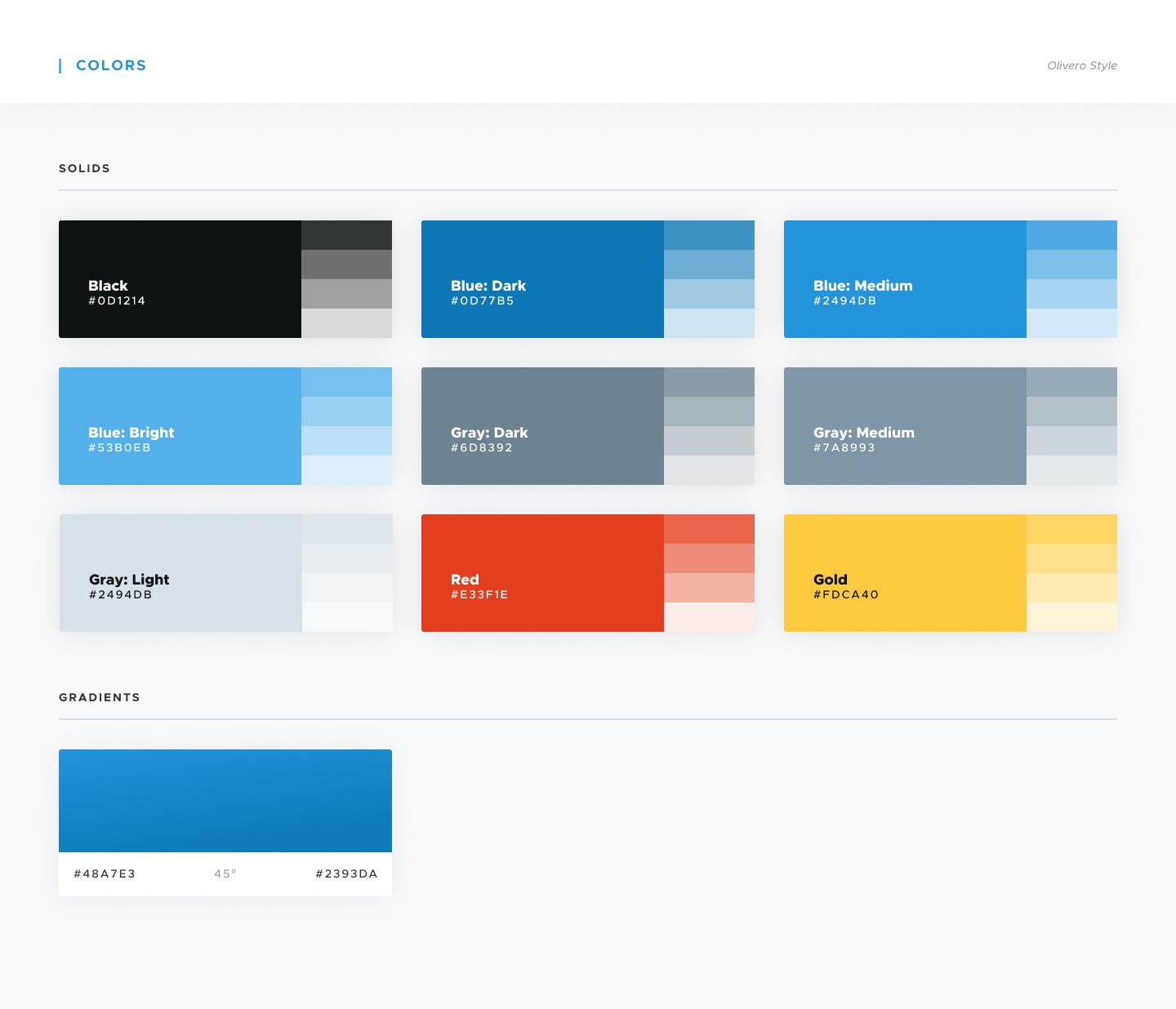Creating an Inclusive World: Special Edition of Tips to Improve Website Accessibility
A world with no barriers is becoming more of a reality. Increasing numbers of public spaces are equipped with assistive technologies such as wheelchair ramps, lifts, handrails, and sound signals, to name a few. This improves the experiences of many individuals living with limited mobility, visual impairments, and other temporary or permanent impairments.
When it comes to the digital space, the approach to providing accessibility is a little different. Making your website accessible means enabling people with vision, hearing, cognition, motor, or other disorders to easily navigate your site and access its content. Your website needs to support the assistive software and hardware they use — screen readers, alternative keyboards, speech-to-text devices, and more.
At ImageX, helping our customers improve their website accessibility is one of our priorities. We are committed to creating accessible websites and frequently share accessibility knowledge on our blog. In this special edition article, we have collated some of our recent accessibility insights.
Selected tips on how to improve your website accessibility
Use 5 key ways to make your website accessible
Your website is your digital space, helping your organization demonstrate its genuine commitment to diversity, equity, and inclusion. Just like your physical space — for example, a university campus — your digital space is worth all the effort put into making it accessible.
Here are 5 key actions to take if you want to truly improve your website accessibility:
- Make your content clear and scannable for both human readers and assistive devices. Subheadings, bulleted and numbered lists, as well as ARIA attributes in your HTML code, are very helpful.
- Though visually pleasing, PDFs can create additional obstacles for people with disabilities and do not ship with assistive technology. Converting your PDFs to HTML pages is a vital step.
- Help all users easily navigate through your website and complete their desired tasks by improving the navigation. Remove traps such as popups, required form fields with incorrect labels, and long menus.
- Conduct accessibility testing. It allows you to discover gaps and pitfalls on your website that you might not necessarily identify otherwise.
- Continue to maintain the accessibility standards every time your website gets an important update.
This is a simple summary but you can find more useful details on each tip in our team’s article, written for those in Higher Education but relevant to all.
Actively create accessible content
Designers and developers create accessible websites, but marketing teams need to be ready to receive the accessibility baton as they start to populate these websites. Marketers’ approaches to content creation can further increase website accessibility or, on the contrary, deteriorate the designers’ efforts.
Are you already using some accessibility practices in content publishing or have you no idea where to start? In both cases, you might find it very insightful to discover the key winning tactics in this area.
It all starts with empathy — you need to put yourself in the shoes of your audience with varied needs and imagine how they will experience the content you are creating. Next, make content easy to find and scannable by providing a logical structure. Your content’s readability — or listenability in the case of users relying on assistive devices — can improve thanks to clear and straightforward language.
You should provide ALT text for your images and use captions and transcripts for your audio and video, but this is not all. Check out our Top 10 Accessibility Tips for Content Editors to see more techniques with detailed explanations as well as useful tools.
Ashland University worked to enable users to quickly find content.
Think holistically and go beyond the typical requirements
Making a website truly accessible can be a daunting task. It’s great to know that there are accessibility checking tools such as Siteimprove and WAVE, as well as other software. Though helpful, many accessibility projects heavily focus on issues that can be checked with tools or software, automated, and tested.
To genuinely improve your website accessibility, you need to go beyond “checking boxes” in these tools. After all, there are so many things that software cannot detect. To provide a positive and engaging experience to all users with a wide spectrum of needs, you need to think holistically about how they interact with your content and design. A human-centered approach is best in this case.
In addition, accessibility requirements tend to focus on a narrow range of impairments, mostly in the visual and motor sphere. To have a universally accessible website, you need to consider what’s beyond. For instance, the list of disabilities from the medical point of view is much broader. Also, there is an overlooked fact that Section 508, one of the accessibility laws, also considers such things as social inclusion.
Learn more and discover solutions in our team’s article on Going Beyond the Standards of Accessibility. Let it guide you in taking your website to the next level.
Select a platform that will help you achieve accessibility success
Some website platforms have accessibility built into their DNA, so it’s much easier to follow their requirements when using them. Drupal is an outstanding example of a CMS that supports accessibility out of the box in many ways and on multiple levels.
For example, Drupal’s new front-end theme Olivero is highly praised for its accessibility. Olivero has recently become the official default front-end theme, which means that every new Drupal website that is created automatically gets a highly accessible design in its fonts, contrasts, forms, field labels, messages, and all other elements.
Olivero was built in collaboration with the American Federation of the Blind which helped the theme’s creators test and improve the project. It was named after a blind accessibility advocate, Rachel Olivero,whose activity made a great impact in the realm of accessible website design.
Dive more deeply into Olivero, its design features and the beautiful story behind the theme’s creation in our article about the theme’s beauty and accessibility out of the box.

Need further help? Talk to our professional web design team or watch our AMA on accessibility tips!
It’s great to be observing the transformational change in the world as it is moving towards inclusiveness, but it’s much better to be an active part of it. Schedule a talk with our web development team if you would like our help in improving your website accessibility or building a new project in accordance with all standards.








